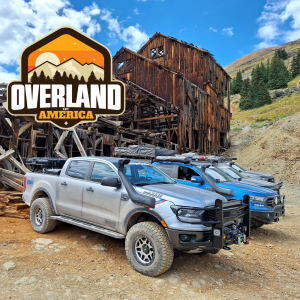Bigger would be better, but might be ok. Simply my opinion there, I've got no experience painting myself. My first vehicle, 84 Ranger, was painted in by dad in his shop with an old 20-25 gallon Sears Craftsman compressor and it's specs probably weren't much better than what you have. That compressor is long gone, so no way to find out.
You'll need to take your compressor ratings into consideration when shopping for a spray gun. Spray gun technology has advanced a lot in the last 20 years thanks to EPA hitting the industry for emissions (think solvent and overspray). The increased efficency to reduce waste, also means you can accomplish a lot more with a lot less.
If I were in your position and determined that I needed bigger compressor to do the job, I'd be looking for around 12 cfm @ 90 psi as a minimum. A compressor that size is going to have a good tank capacity, and will provide enough flow for nearly continuous operation without overworking the motor.
All just my opinion on the subject. I can tell you that after the sears compressor died we made do with small cheap HF 20 gallon type compressors for a while, and it was kind of depressing. Not good for much more than inflating tires IMO. We eventually got into larger 60 gallon tank, trwin sylinder, single stage, 5HP (on mine atleast) 220v compressors. Night and day difference. If you can afford the price of admission, it is definitely worth the upgrade. At the price of that 110v Jegs compressor, I'd save a bit more and buy a better 220v. If you don't have 220v outlet/circuit to dedicate to it, wire it to plug into your dryer outlet when you need to use it.













